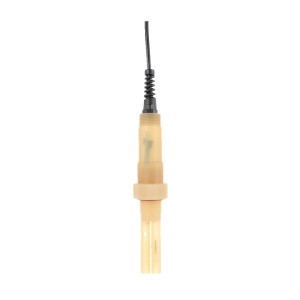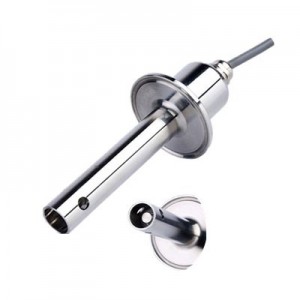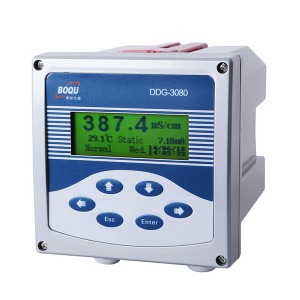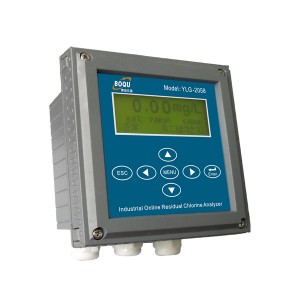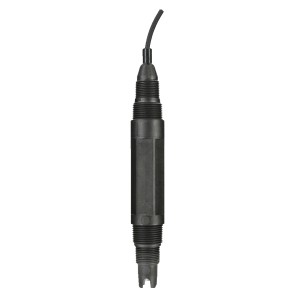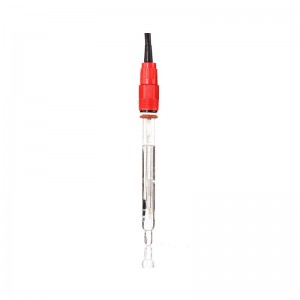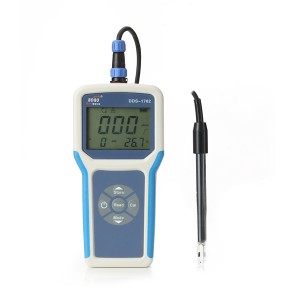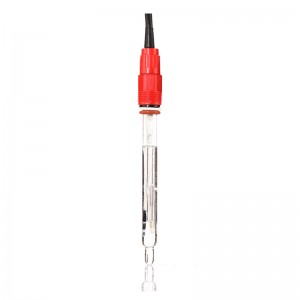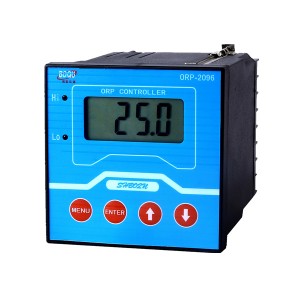Turbidity, defined as the cloudiness or haziness of a fluid caused by large numbers of individual particles suspended within it, plays a crucial role in assessing water quality. Measuring turbidity is essential for a variety of applications, ranging from ensuring safe drinking water to monitoring environmental conditions. Turbidity sensor is the key instrument used for this purpose, offering accurate and efficient measurements. In this blog, we will delve into the principles of turbidity measurement, various types of turbidity sensors, and their applications.
Custom Turbidity Sensor: Principles of Turbidity Measurement
Turbidity measurement relies on the interaction between light and suspended particles in a fluid. Two primary principles govern this interaction: light scattering and light absorption.
A. Custom Turbidity Sensor: Light Scattering
Tyndall Effect: The Tyndall effect occurs when light is scattered by small particles suspended in a transparent medium. This phenomenon is responsible for making the path of a laser beam visible in a smoky room.
Mie Scattering: Mie scattering is another form of light scattering that applies to larger particles. It is characterized by a more complex scattering pattern, influenced by particle size and the wavelength of light.
B. Custom Turbidity Sensor: Light Absorption
In addition to scattering, some particles absorb light energy. The extent of light absorption depends on the properties of the suspended particles.
C. Custom Turbidity Sensor: Relationship between Turbidity and Light Scattering/Absorption
The turbidity of a fluid is directly proportional to the degree of light scattering and inversely proportional to the degree of light absorption. This relationship forms the basis for turbidity measurement techniques.
Custom Turbidity Sensor: Types of Turbidity Sensors
There are several types of turbidity sensors available, each with its own principles of operation, advantages, and limitations.
A. Custom Turbidity Sensor: Nephelometric Sensors
1. Principle of Operation: Nephelometric sensors measure turbidity by quantifying the light scattered at a specific angle (usually 90 degrees) from the incident light beam. This approach provides accurate results for lower turbidity levels.
2. Advantages and Limitations: Nephelometric sensors are highly sensitive and offer precise measurements. However, they may not perform well at very high turbidity levels and are more susceptible to fouling.
B. Custom Turbidity Sensor: Absorption Sensors
1. Principle of Operation: Absorption sensors measure turbidity by quantifying the amount of light absorbed as it passes through a sample. They are particularly effective for higher turbidity levels.
2. Advantages and Limitations: Absorption sensors are robust and suitable for a wide range of turbidity levels. However, they may be less sensitive at lower turbidity levels and are sensitive to changes in the color of the sample.
C. Custom Turbidity Sensor: Other Sensor Types
1. Dual-Mode Sensors: These sensors combine both nephelometric and absorption measurement principles, providing accurate results across a broad turbidity range.
2. Laser-Based Sensors: Laser-based sensors use laser light for precise turbidity measurements, offering high sensitivity and resistance to fouling. They are often used in research and specialized applications.
Custom Turbidity Sensor: Applications of Turbidity Sensors
Turbidity sensor finds applications in various fields:
A. Water Treatment: Ensuring safe drinking water by monitoring turbidity levels and detecting particles that may indicate contamination.
B. Environmental Monitoring: Assessing water quality in natural bodies of water, helping to monitor the health of aquatic ecosystems.
C. Industrial Processes: Monitoring and controlling turbidity in industrial processes where water quality is critical, such as in the food and beverage industry.
D. Research and Development: Supporting scientific research by providing accurate data for studies related to particle characterization and fluid dynamics.
One prominent manufacturer of turbidity sensors is Shanghai BOQU Instrument Co., Ltd. Their innovative products have been instrumental in water quality monitoring and research applications, reflecting the industry’s commitment to advancing turbidity measurement technology.
Custom Turbidity Sensor: Components of a Turbidity Sensor
To comprehend how turbidity sensors work, one must first understand their basic components:
A. Light Source (LED or Laser): Turbidity sensors use a light source to illuminate the sample. This can be an LED or a laser, depending on the specific model.
B. Optical Chamber or Cuvette: The optical chamber or cuvette is the heart of the sensor. It holds the sample and ensures that light can pass through it for measurement.
C. Photodetector: Positioned opposite the light source, the photodetector captures the light that passes through the sample. It measures the intensity of light received, which is directly related to turbidity.
D. Signal Processing Unit: The signal processing unit interprets the data from the photodetector, converting it into turbidity values.
E. Display or Data Output Interface: This component provides a user-friendly way to access the turbidity data, often displaying it in NTU (Nephelometric Turbidity Units) or other relevant units.
Custom Turbidity Sensor: Calibration and Maintenance
A turbidity sensor’s accuracy and reliability depend on proper calibration and regular maintenance.
A. Importance of Calibration: Calibration ensures that the sensor’s measurements remain accurate over time. It establishes a reference point, allowing for precise turbidity readings.
B. Calibration Standards and Procedures: Turbidity sensors are calibrated using standardized solutions of known turbidity levels. Regular calibration ensures the sensor provides consistent and accurate readings. Calibration procedures may vary depending on the manufacturer’s recommendations.
C. Maintenance Requirements: Regular maintenance involves cleaning the optical chamber, checking the light source for functionality, and verifying that the sensor is operating correctly. Routine maintenance prevents drift in measurements and extends the sensor’s lifespan.
Custom Turbidity Sensor: Factors Affecting Turbidity Measurement
Several factors can influence turbidity measurements:
A. Particle Size and Composition: The size and composition of suspended particles in the sample can affect turbidity readings. Different particles scatter light differently, so understanding the sample’s characteristics is essential.
B. Temperature: Changes in temperature can alter the properties of both the sample and the sensor, potentially affecting turbidity measurements. Sensors often come with temperature compensation features to address this.
C. pH Levels: Extreme pH levels can affect particle aggregation and, consequently, turbidity readings. Ensuring the pH of the sample is within an acceptable range is crucial for accurate measurements.
D. Sample Handling and Preparation: How the sample is collected, handled, and prepared can significantly impact turbidity measurements. Proper sampling techniques and consistent sample preparation are essential for reliable results.
Conclusion
Turbidity sensor is indispensable tools for assessing water quality and environmental conditions. Understanding the principles behind turbidity measurement and the various sensor types available empowers scientists, engineers, and environmentalists to make informed decisions in their respective fields, ultimately contributing to a safer and healthier planet.
Post time: Sep-19-2023

